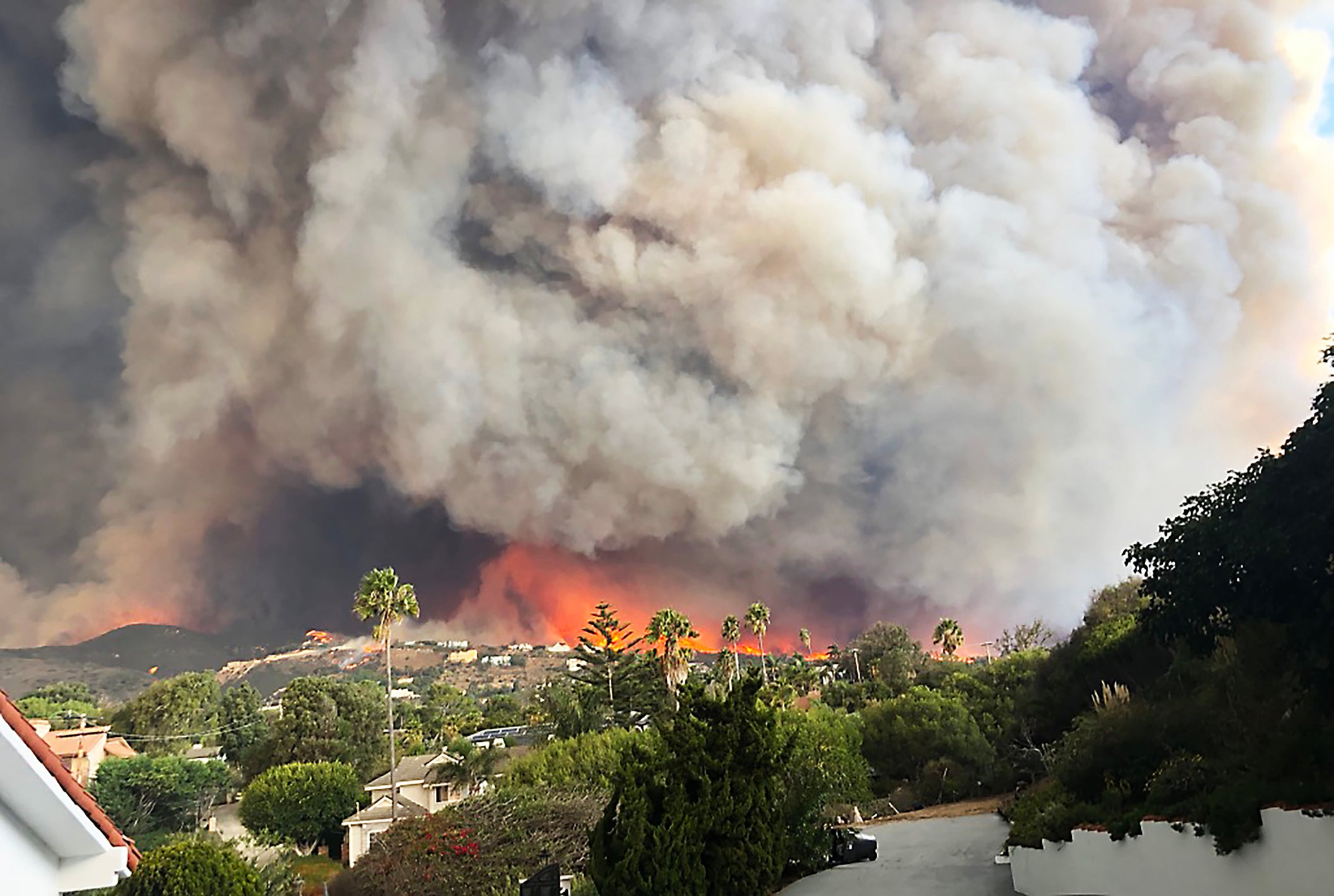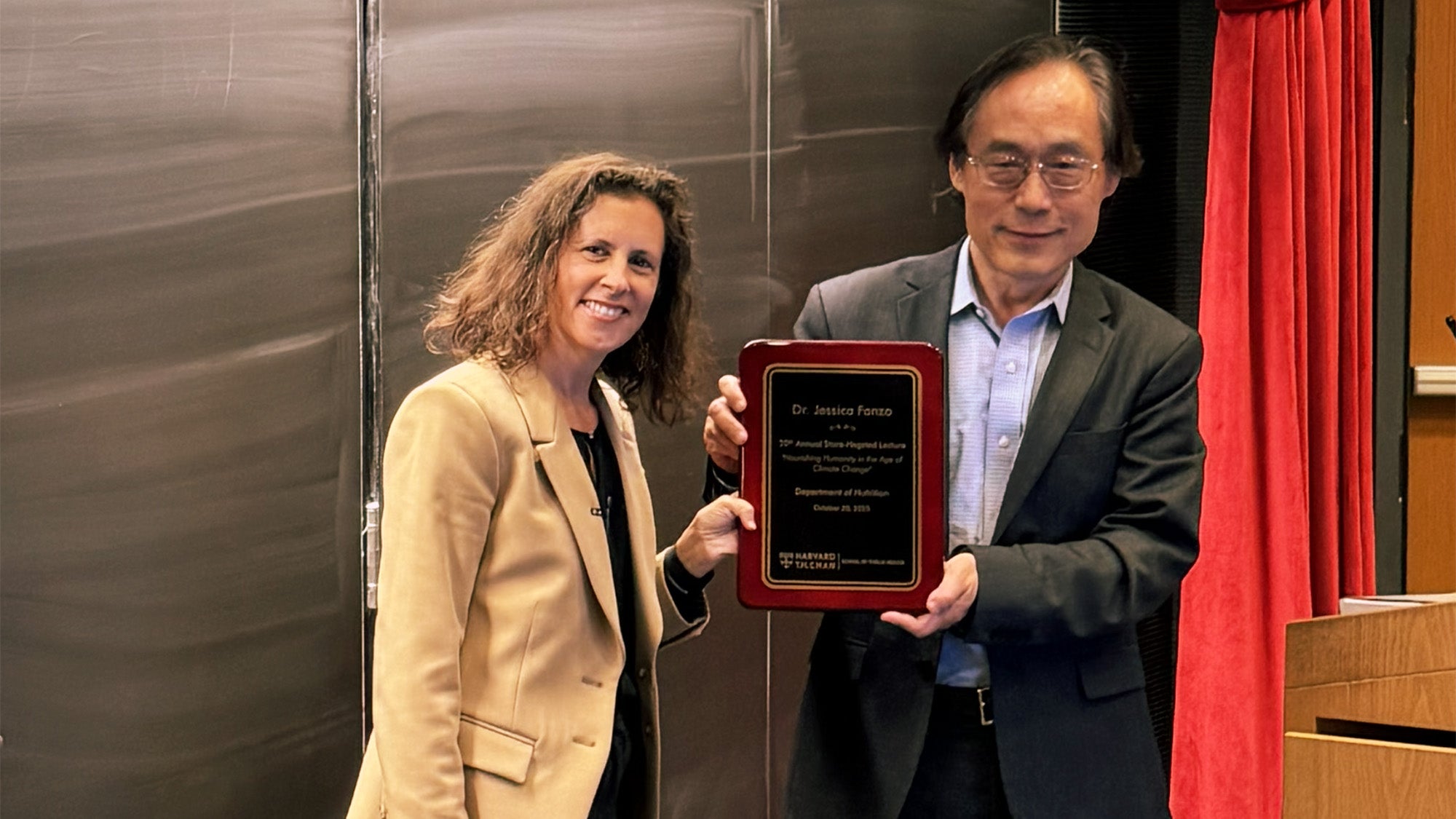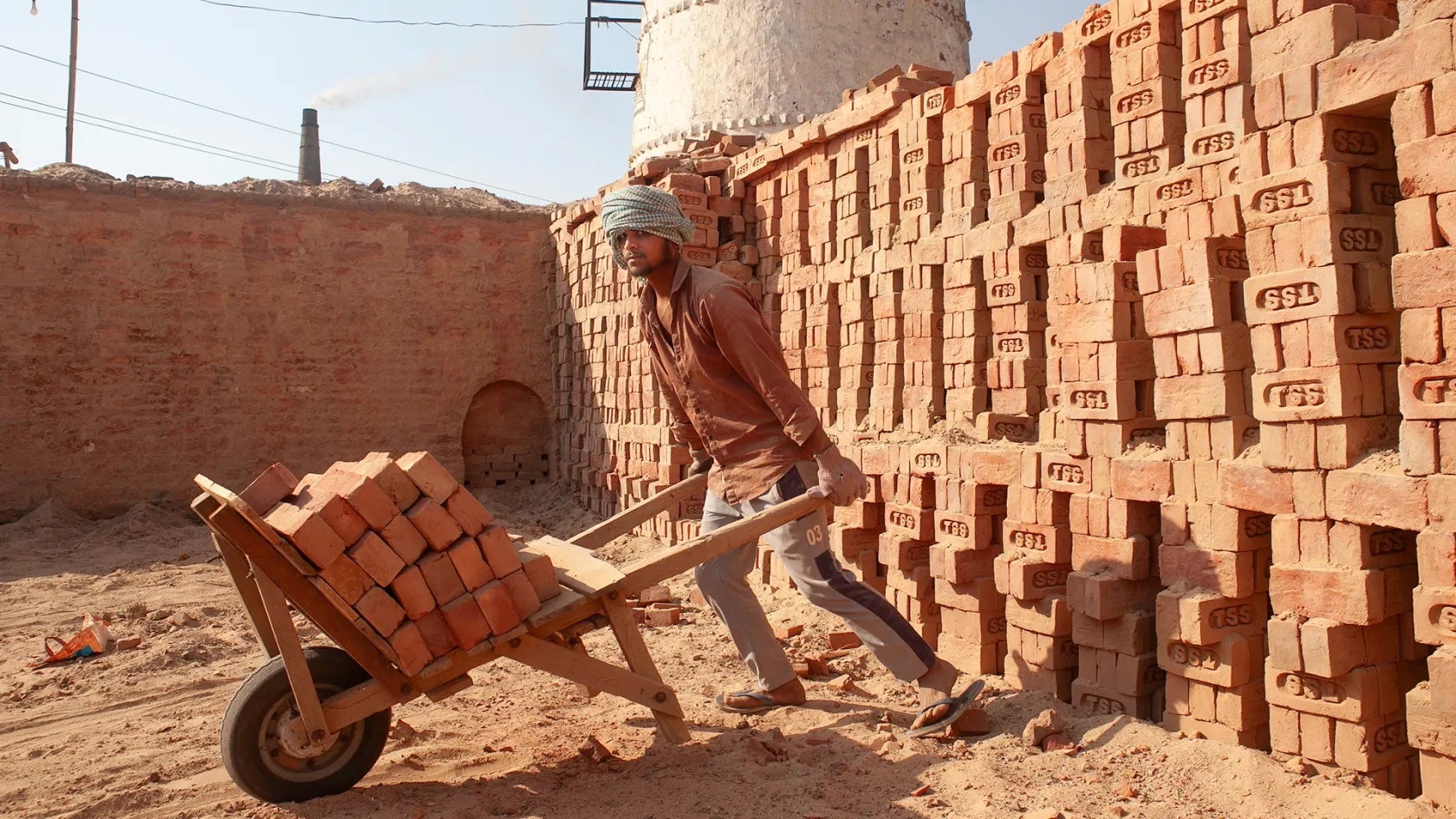Cardiorespiratory effects of wildfire smoke particles can persist for months, even after a fire has ended

For immediate release: May 28, 2025
Boston, MA— Being exposed to lingering fine particulate matter (PM2.5) from wildfire smoke can have health effects up to three months afterwards, well beyond the couple of days that previous studies have identified, and the exposure can occur even after the fires have ended.
These findings were reported in a new study in Epidemiology published on May 28 by researchers at the Icahn School of Medicine at Mount Sinai and Harvard T.H. Chan School of Public Health.
This medium-term exposure to PM2.5 from wildfire smoke was associated with increased risks for various cardiorespiratory conditions, including ischemic heart disease, cerebrovascular disease, arrhythmia, hypertension, pneumonia, chronic obstructive pulmonary disease, and asthma.
PM2.5 is a mixture of tiny particles and a major component of wildfire smoke. Compared to non-smoke PM2.5, smoke PM2.5 is smaller in size and is considered more dangerous because it is richer in carbonaceous compounds, which are more likely to induce oxidative stress and inflammation and thus pose a greater threat to public health.
The study also showed larger effects in neighborhoods with more vegetation or more disadvantages (e.g., lower education, more unemployment, lower housing quality, and higher poverty), as well as among people who have smoked at any point in their life.
This is the first study to examine the medium-term health effects of wildfire smoke. It is also the first to comprehensively assess its impact on all major types of cardiovascular and respiratory diseases.
“Wildfire activity in the United States has increased substantially over the past few decades, resulting in an increase in emissions that have begun to reverse decades of air quality improvements,” said corresponding and first author Yaguang Wei, assistant professor of environmental medicine at the Icahn School of Medicine and department associate in the Department of Environmental Health at Harvard Chan School. “Even brief exposures from smaller fires that last only a few days can lead to long-lasting health effects. There is an urgent need for research to fully understand the health impacts of wildfire smoke to raise awareness among public and health professionals, as well as to support the development of effective regulations to mitigate the impacts.”
In total, 13,755,951 hospitalizations for cardiovascular diseases and 7,990,910 for respiratory diseases were recorded among residents of all ages across the 15 U.S. states (Arizona, Colorado, Delaware, Georgia, Iowa, Kentucky, Michigan, Minnesota, North Carolina, New Jersey, New York, Oregon, Rhode Island, Washington, and Wisconsin). They were linked across time and location, using residential addresses, to smoke PM2.5 exposures between 2006 and 2016. Among the conditions studied, hypertension showed the greatest increase in hospitalization risk associated with smoke PM2.5 exposure.
The team developed and employed a novel self-controlled design within a cohort framework to mimic a quasi-experimental study. Under a cohort framework, researchers did not randomly assign participants to different smoke exposure levels; rather, they tracked a participant’s health and smoke exposure over the defined time period, which can introduce bias due to unmeasured confounders. This self-controlled design automatically addresses factors that don’t change or change slowly over time—like genetics—even if they aren’t measured, because each person is compared to themselves. This self-matching format improves the reliability of study findings.
“Wildfires can burn for weeks to a month, and smoke PM2.5 may linger in the air for extended periods, which may keep the air toxic even after a wildfire has ended,” said Wei. “Current wildfire strategies are outdated and ineffective. For example, prescribed fires can reduce wildfire risk but are mainly used to protect property rather than public health. Greater effort should be placed on wildfire management rather than relying solely on traditional air quality control strategies in response to the increasing wildfire activity.”
“As wildfires become more frequent and intense, and their burden on human health becomes clearer, addressing the health impacts is a critical public health priority,” said Rosalind Wright, dean for public health and chair of the Department of Public Health at the Icahn School of Medicine. “The public and clinicians should take preventive measures during and after wildfires, such as wearing masks and using high efficiency particulate air (HEPA) filters, which are becoming more affordable. Findings from this study underscore the need to continue such preventive measure for a prolonged period after the fires have ended. Collaborative efforts across federal, state, and local levels are essential to safeguard the health of communities nationwide.” Wright is also the Horace W. Goldsmith Professor in Life Course Health Research in the Departments of Public Health and Environmental Medicine; co-director of the Institute for Exposomic Research; and director of ConduITS, the Clinical and Translational Science Award (CTSA) Program at Mount Sinai.
Other Harvard Chan co-authors included Edgar Castro, Alexandra Shtein, Bryan Vu, Yuxi Liu, Adjani Peralta, and Joel Schwartz.
This study was funded by the National Institute of Health grants P30ES023515, UL1TR004419, R01ES032418, and P30ES000002.
“Medium-term exposure to wildfire smoke PM2.5 and cardiorespiratory hospitalization risks,” Yaguang Wei, Edgar Castro, Kanhua Yin, Alexandra Shetin, Bryan N. Vu, Mahdieh Danesh Yazdi, Longxiang Li, Yuxi Liu, Adjani A. Peralta, Joel D. Schwartz, Epidemiology, May 28, 2025, doi: 10.1097/EDE.0000000000001881
Visit the Harvard Chan School website for the latest news, press releases, and events from our Studio.
For more information:
Maya Brownstein
mbrownstein@hsph.harvard.edu
###
Harvard T.H. Chan School of Public Health is a community of innovative scientists, practitioners, educators, and students dedicated to improving health and advancing equity so all people can thrive. We research the many factors influencing health and collaborate widely to translate those insights into policies, programs, and practices that prevent disease and promote well-being for people around the world. We also educate thousands of public health leaders a year through our degree programs, postdoctoral training, fellowships, and continuing education courses. Founded in 1913 as America’s first professional training program in public health, the School continues to have an extraordinary impact in fields ranging from infectious disease to environmental justice to health systems and beyond.
Mount Sinai Health System is one of the largest academic medical systems in the New York metro area, with 48,000 employees working across seven hospitals, more than 400 outpatient practices, more than 600 research and clinical labs, a school of nursing, and a leading school of medicine and graduate education. Mount Sinai advances health for all people, everywhere, by taking on the most complex health care challenges of our time—discovering and applying new scientific learning and knowledge; developing safer, more effective treatments; educating the next generation of medical leaders and innovators; and supporting local communities by delivering high-quality care to all who need it.
Through the integration of its hospitals, labs, and schools, Mount Sinai offers comprehensive health care solutions from birth through geriatrics, leveraging innovative approaches such as artificial intelligence and informatics while keeping patients’ medical and emotional needs at the center of all treatment. The Health System includes approximately 9,000 primary and specialty care physicians and 11 free-standing joint-venture centers throughout the five boroughs of New York City, Westchester, Long Island, and Florida. Hospitals within the System are consistently ranked by Newsweek’s® “The World’s Best Smart Hospitals, Best in State Hospitals, World Best Hospitals and Best Specialty Hospitals” and by U.S. News & World Report’s® “Best Hospitals” and “Best Children’s Hospitals.” The Mount Sinai Hospital is on the U.S. News & World Report® “Best Hospitals” Honor Roll for 2024-2025.


